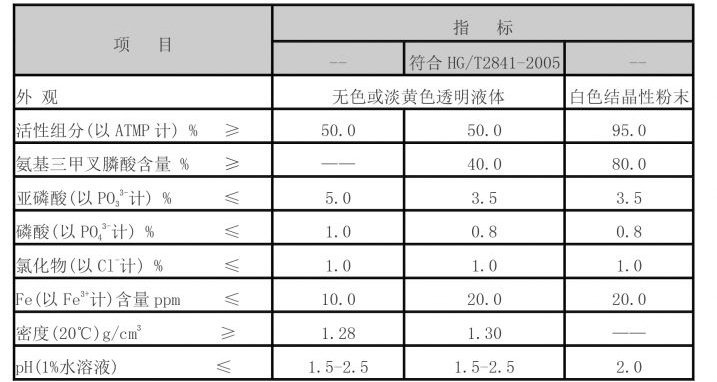Exploring the Applications and Benefits of Cationic Polyacrylamide in Water Treatment and Industry
Cationic Polyacrylamide An Overview of Its Properties and Applications
Cationic polyacrylamide (CPAM) is a synthetic polymer that has gained significant attention in various industrial and environmental applications due to its unique properties. As a water-soluble polymer, it is derived from acrylamide and is characterized by its positively charged groups. This cationic nature grants CPAM unique functionalities, making it a versatile agent in different fields, including water treatment, paper manufacturing, and oil recovery.
One of the primary applications of cationic polyacrylamide is in the treatment of wastewater. The polymer acts as a flocculant, facilitating the aggregation of fine particles suspended in water. This property is particularly useful in removing contaminants such as colloids, organic substances, and heavy metals. By promoting the formation of larger aggregates, CPAM enhances the sedimentation and filtration processes, leading to clearer water and the efficient removal of pollutants. This has become increasingly important as industries strive to meet environmental regulations and reduce their ecological footprints.
In the paper industry, cationic polyacrylamide serves as a retention and drainage aid. The polymer assists in retaining fine fibers and fillers during the papermaking process, thereby improving the efficiency of fiber usage and enhancing the quality of the final product. Furthermore, CPAM helps in reducing water consumption during manufacturing, as its application leads to faster drainage times. This not only boosts productivity but also contributes to sustainability by minimizing water waste. The improved retention of materials also yields better paper strength and quality, making CPAM a valuable additive in the sector.
cationic polyacrylamide

Another crucial area where cationic polyacrylamide is utilized is in enhanced oil recovery (EOR). As the demand for crude oil continues to rise, EOR techniques are employed to extract additional oil from reservoirs that have already been tapped. CPAM can improve oil recovery by altering the flow properties of water injected into oil reservoirs. Its ability to reduce interfacial tension and increase the viscosity of the water improves the sweep efficiency, allowing for a more effective displacement of oil. As such, CPAM plays a pivotal role in maximizing yields from existing oil fields, thus helping to meet energy demands with lesser environmental impact compared to new drilling operations.
In addition to these applications, cationic polyacrylamide is also used in cosmetics and personal care products. Its ability to enhance texture and stability makes it a popular ingredient in lotions, creams, and gels. CPAM acts as a thickening agent, providing the desired consistency and improving the sensory properties of formulations. The polymer’s film-forming ability also contributes to skin feel and product performance, making it a valued component in the beauty industry.
Despite its numerous advantages, the use of cationic polyacrylamide is not without concerns. Occupational safety is paramount, as acrylamide is recognized as a potential carcinogen. Therefore, proper handling and regulatory compliance are essential when utilizing CPAM in various applications.
In conclusion, cationic polyacrylamide is a multifunctional polymer with diverse applications across several industries. Whether in wastewater treatment, paper production, enhanced oil recovery, or personal care products, its unique properties continue to provide innovative solutions to modern challenges. As research and technology advance, the potential uses of cationic polyacrylamide are likely to expand further, affirming its importance in a sustainable and efficient future.
-
Water Treatment with Flocculant Water TreatmentNewsJun.12,2025
-
Polymaleic AnhydrideNewsJun.12,2025
-
Polyaspartic AcidNewsJun.12,2025
-
Enhance Industrial Processes with IsothiazolinonesNewsJun.12,2025
-
Enhance Industrial Processes with PBTCA SolutionsNewsJun.12,2025
-
Dodecyldimethylbenzylammonium Chloride SolutionsNewsJun.12,2025





